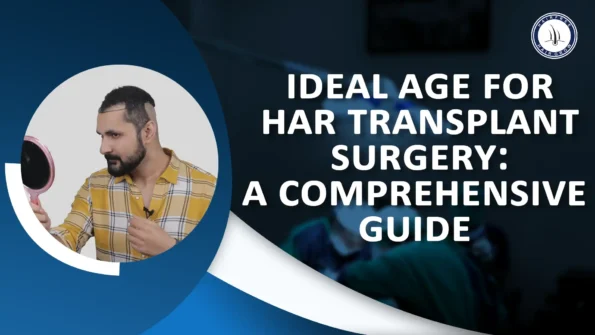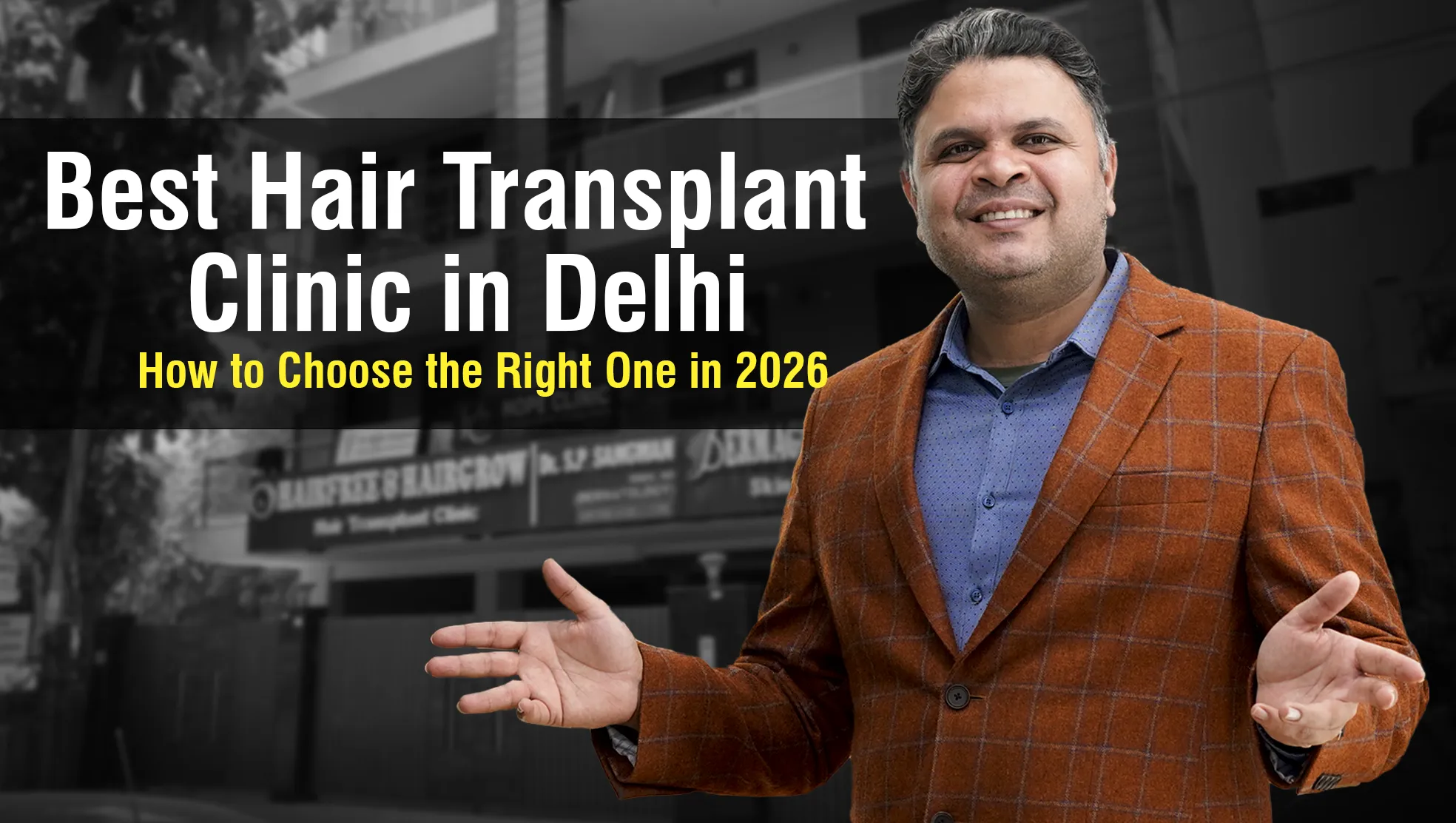When it comes to hair transplant surgery, the ideal age for the procedure is not a fixed number but depends on individual circumstances such as the pattern and progression of baldness. Understanding the right time for a hair transplant can significantly impact the success and longevity of the results. Here, we will discuss the factors that influence the timing of a hair transplant and provide guidance on when it might be best to consider the procedure. The ideal age for hair transplant varies, but understanding when it’s the right time can help you achieve the best results.
Understanding Baldness and Its Progression
Baldness, or androgenetic alopecia, progresses at different rates for different individuals. Some people start losing hair in their late teens, while others may not experience significant hair loss until their 30s or 40s. The timing and extent of baldness can influence when a hair transplant is appropriate.
Minimum Age for Hair Transplant
Generally, the minimum recommended age for a hair transplant is around 22 years old. This recommendation is based on the following reasons:
- Predictable Hair Loss Pattern: By age 22, the pattern of hair loss is more predictable. Transplanting hair too early, especially during the late teens, might lead to further hair loss around the transplanted area, necessitating additional procedures.
- Patient Expectations: Younger patients often have higher expectations regarding hair density and hairline placement. As they age, the transplanted hair might look unnatural compared to the progressive hair loss in other areas
Factors Influencing the Ideal Age
Several factors influence the decision of when to undergo a hair transplant:
- Extent of Baldness: Patients with advanced stages of baldness (e.g., Norwood grade 5 or 6) might consider a transplant even in their early 20s if the baldness significantly affects their confidence and quality of life.
- Donor Hair Availability: The donor area (usually the back of the scalp) must have sufficient hair follicles to support the transplant. Using too many follicles for a low hairline in young patients can deplete the donor area for future transplants.
- Medical Conditions: A thorough medical evaluation is necessary to rule out any conditions that might contraindicate surgery. Blood tests and other assessments are typically performed before proceeding.
- Psychological Stability: Understanding the realistic outcomes of a hair transplant and the importance of post-surgery care (like medication) is crucial. Younger patients need to be mentally prepared for the ongoing management of their hair loss.
Maximum Age for Hair Transplant
There is no strict upper age limit for hair transplants. Patients in their 50s or 60s can undergo the procedure as long as they are in good health and have adequate donor hair. The decision should be based on individual health status rather than age alone.
Alternative Treatments
For younger patients or those with less severe hair loss, non-surgical treatments can be highly effective. These treatments can help slow down hair loss, stimulate hair growth, and improve the overall health of hair follicles without the need for surgical intervention. Here are some popular and effective non-surgical hair loss treatments:
Medications
Finasteride:
- How It Works: Finasteride is an oral medication that reduces the levels of dihydrotestosterone (DHT), a hormone responsible for hair follicle shrinkage. By lowering DHT levels, finasteride helps in slowing down hair loss and, in some cases, promotes regrowth.
Minoxidil:
- How It Works: Minoxidil is a topical solution applied directly to the scalp. It works by increasing blood flow to hair follicles, prolonging the growth phase of hair, and stimulating hair follicles to produce thicker strands.
Platelet-Rich Plasma (PRP) Therapy
How It Works:
- PRP therapy involves drawing a small amount of the patient’s blood, processing it to concentrate the platelets, and then injecting the platelet-rich plasma into the scalp. The growth factors in the plasma help to stimulate hair follicles, promoting new hair growth and thickening existing hair.
Benefits:
- Natural Approach: As PRP uses the patient’s own blood, it minimizes the risk of allergic reactions or adverse effects.
- Non-Invasive: PRP is a minimally invasive procedure that requires no downtime, allowing patients to resume their daily activities immediately.
- Versatility: PRP can be used as a standalone treatment or in conjunction with other hair loss treatments, such as medications or hair transplant surgery, to enhance results.
Procedure:
- The procedure is typically performed in a clinic and takes about 60-90 minutes. It involves three main steps: blood draw, platelet concentration, and scalp injection.
- Multiple sessions are usually recommended, spaced about a month apart, with maintenance treatments every few months to sustain results.
Conclusion
The ideal time for a hair transplant is when the pattern of hair loss is clearly defined, the patient has realistic expectations, and the donor area has sufficient hair follicles. Generally, waiting until at least 22 years of age is advisable. However, individual factors such as the extent of baldness, psychological readiness, and overall health play crucial roles in this decision.
Consultation with a qualified hair transplant surgeon is essential to evaluate these factors and determine the best timing for the procedure.
If you’re considering a hair transplant and want to ensure that you avoid these common pitfalls, we highly recommend HairFree HairGrow Clinic. Our experienced team, commitment to natural results, and dedication to patient satisfaction set us apart.
Ready to take the next step? Visit HairFree HairGrow Clinic and let us help you achieve the hair you’ve always wanted.
- Visit any branch for your hair problem or call us at: +91-72 72 83 2222
- We are located in Surat, Pune (Pimple Gurav), Pune (Kharadi), Hyderabad, Ahmedabad, Kolkata, Indore, Bhopal, Delhi (Gurugram), Nagpur, Mumbai, Vapi (Silvassa), and Bangladesh.
Written By
MBBS, DDV
Dr. Shridevi Lakhe is a skilled hair restoration specialist with expertise in determining the ideal age for hair transplant. She offers personalized advice to help patients achieve natural, lasting results by choosing the right time for their procedure.
Disclaimer
We’ve made all possible efforts to ensure that the information provided here is accurate, up-to-date and complete, however, it should not be treated as a substitute for professional medical advice, diagnosis or treatment. See Detailed Disclaimers Here.



